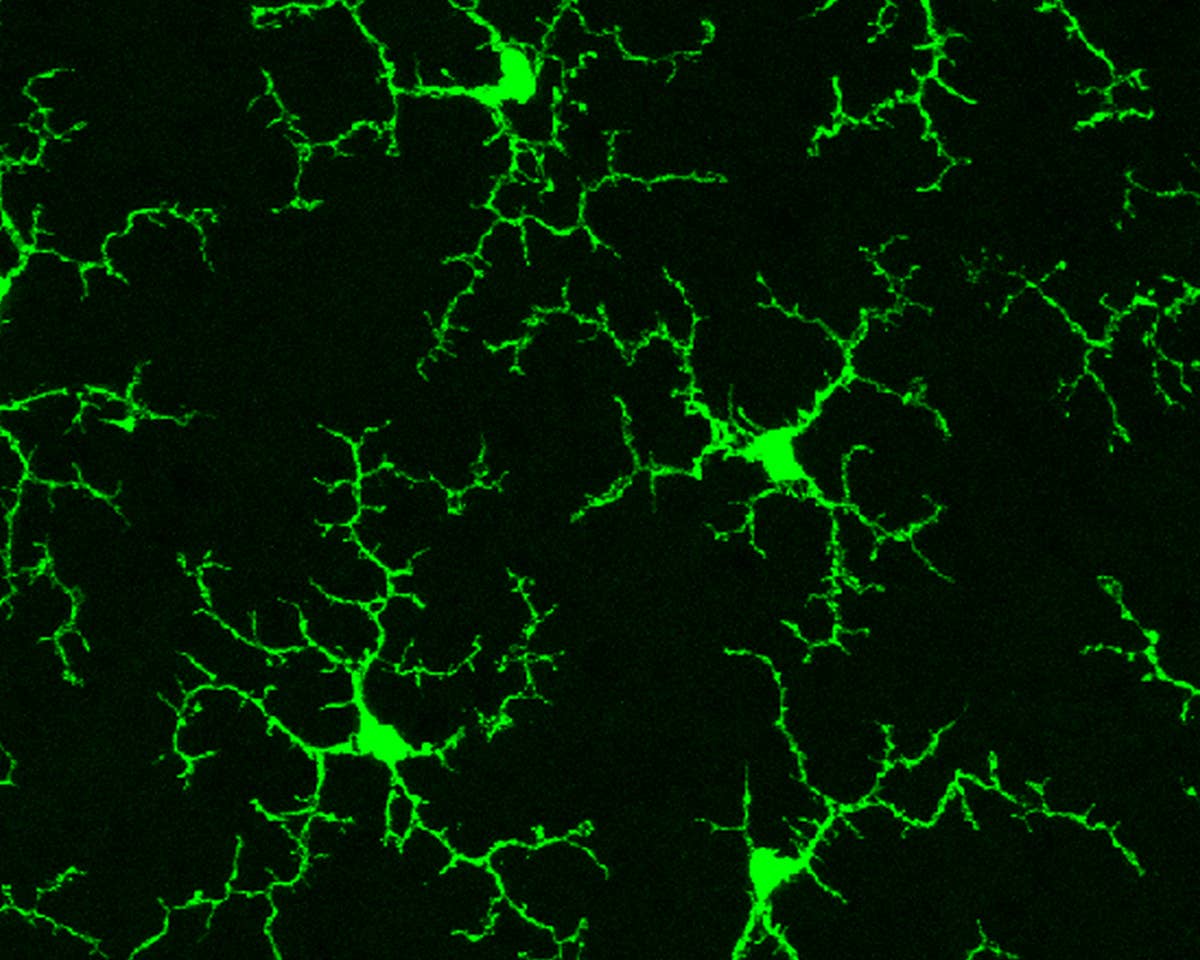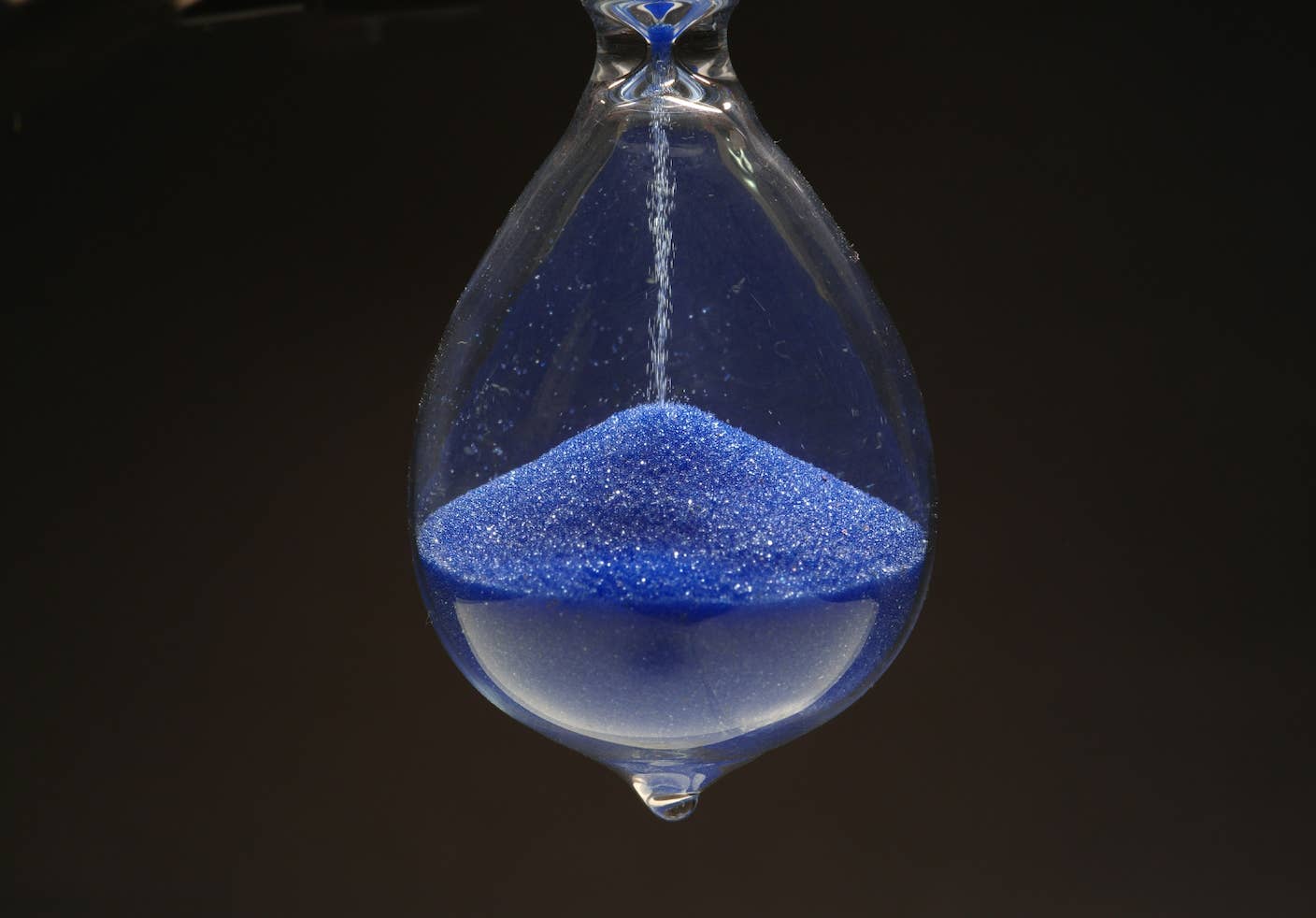Newly Discovered Brain Wave Helps Lock in Memories While We Sleep

Share
Sleep works magic on memory.
You might’ve felt these frustrations before: Trying to learn a guitar riff, shoot a free-throw, or nail a difficult phrase in a new language, but despite hours of practice, you’re just not getting it right. Then with a good night’s sleep—voilà, somehow, you’ve nailed the skills.
Neuroscientists have long known that brain waves during sleep etch learnings from the previous day into neural circuits for long-term storage. As we drift off, our brains remain hard at work. One region, a seahorse-shaped structure called the hippocampus, especially sparks with activity. This area is essential for translating what we learn into long-term memories during sleep.
Disruptions to electrical activity in the hippocampus can lead to memory problems in multiple neurological disorders, including schizophrenia and Alzheimer’s disease. But one question has always troubled neuroscientists.
Brain cells, or neurons, need to stay in a “Goldilocks zone” of activity to encode and store memories. Learning new things spikes activity in a specific set of neurons. But when they further increase their activity during sleep—like a car with a gas pedal and no brake—what’s to prevent them from hyperactivating and, in turn, destroying the brain’s ability to learn?
A new study from Cornell University suggests a way the brain balances itself during sleep. In recordings from multiple areas of the hippocampus in mice and rats, the team discovered a previously undetected brain wave that keeps brain cells in check. Dubbed BARR (for barrage of action potentials), these brain waves reset neurons so they can encode new experiences the next day, while enhancing memories during sleep.
“Sleep is not just a time for the body to rest but also for the mind to solidify memories,” wrote Drs. Xiang Mou and Daoyun Ji at Baylor College of Medicine in Houston, Texas, who were not involved in the study.
The results help explain why sleep promotes memory, and how its disruption can lead to brain disorders in schizophrenia, Alzheimer’s disease, and other neurological conditions associated with memory problems.
“This mechanism could allow the brain to reuse the same resources, the same neurons, for new learning the next day,” said study author Dr. Azahara Oliva at Cornell University in a press release.
Under the Sea
As we drift into unconsciousness every night during sleep, the hippocampus is hard at work. Shaped like a seahorse, this brain region has long been known as a hub for memory.
Patients with damage to the hippocampus lose their ability to create new memories. And decades of research shows the area processes the day’s learnings for long-term storage in other parts of the brain—and holds the key to retrieving those memories when needed.
But the region is hardly a one-trick pony. Imagine it as a town with multiple neighborhoods and highways connecting it to other brain regions. Each neighborhood plays a slightly different role. Some encode new memories, which are then shuffled to the cortex—the outer part of the brain—for longer storage and retrieval. Others link specific memories to joy, sadness, and other feelings through wiring connected to regions of the brain associated with emotion.
Scientists have already mapped out these neighborhoods. CA1, sitting at the front, extensively connects to other parts of the brain involved in reasoning and memory. CA3 encodes memories and potentially helps separate similar ones—for example, did I get that cup of coffee yesterday at that café, or was that a memory from a few days ago?
But the role of the middle child, CA2, has always been mysterious.
Sing Me to Sleep
Every night we cycle through several stages of sleep. One stage, called non-rapid eye movement, occurs when we drift off to sleep and eventually transition from light sleep into deeper slumber.
This is when CA1 perks up. Neurons encoding memories from the day reactivate—kind of like replaying a memory on video, but at a faster rate.
These patterns, called sharp-wave ripples, help etch memories into the brain. Like waves on the ocean, they “splash” across other brain regions in electrical ebbs and flows that reconfigure neural connections. These waves help the hippocampus send learning to other regions where it can be stored in memory. But without a way to dampen the waves down, neurons hyperactivate, meaning they can no longer learn or store new information.
Be Part of the Future
Sign up to receive top stories about groundbreaking technologies and visionary thinkers from SingularityHub.


To study how sleep changes the brain, the team implanted electrodes into multiple parts of the hippocampus in mice and rats to monitor their brain activity.
The rodents then learned several tasks, for example, figuring out if an object had been removed. A bit like finding your favorite couch wasn’t where you expected it to be, this requires memory of its location. Other tests challenged the critters to navigate a maze and have social interactions—that is, remembering whether they’d met a previous acquaintance.
As the mice fell asleep, their brain activity showed signs of sharp-wave ripples. But surprisingly, CA2, the middle child, also sparked, with long-lasting bursts of activity spreading through the hippocampus. These BARR brain waves—never seen before—flared up in neurons that encode learning, which usually have higher levels of activity, to tamp them down in sleep.
In a way, as we sleep, our brain is in a kind of civil war. Neurons encoding memories reactivate to consolidate learning, while BARR brain waves keep them at bay so that they don’t overactivate.
A Brainy Scale
The team focused on a type of brain cell that triggers BARR brain waves during sleep.
Using optogenetics—a way to turn neurons on or off using light—in rodents, they artificially disrupted BARR activity as the critters slept after learning several memory tasks. As a result, sharp-wave ripples, the type of brain activity usually associated with solidifying memory, lasted far longer.
Surprisingly, it made memory worse. On the surface, it doesn’t make sense: Wouldn’t more activity during sleep be better for memory? Not so much, explained the team. It’s all about balance.
“BARRs serve as a passive brake” that lowered increased neural activity in sleep, wrote Mou and Ji. The brain resets balance after a day of hard work. Disrupting BARR during sleep altered the animals’ memory, likely because their neural networks were functioning abnormally.
It’s not to say BARR is behind Alzheimer’s, schizophrenia, or other neurological disorders. Many questions remain. The team hasn’t yet determined where the brain waves start in the brain. How they counteract memory-making sharp-wave ripples during sleep also remains a mystery.
But by tinkering with these mechanisms, scientists can begin to battle memory disorders. They may also explore ways to re-write traumatic memories during sleep and help with depression, post-traumatic stress disorder, and other neurological conditions. Future studies could reveal more insights into how sleep controls memory, and why it breaks down in a variety of brain disorders.
Image Credit: Matteo Catanese / Unsplash
Dr. Shelly Xuelai Fan is a neuroscientist-turned-science-writer. She's fascinated with research about the brain, AI, longevity, biotech, and especially their intersection. As a digital nomad, she enjoys exploring new cultures, local foods, and the great outdoors.
Related Articles

Refreshing the Brain’s Immune Cells Could Treat a Host of Diseases

Time Doesn’t Really Flow—Your Brain Just Makes You Think It Does

How Will the Universe End? The Dark Eternity That Awaits Us Trillions of Years From Now
What we’re reading